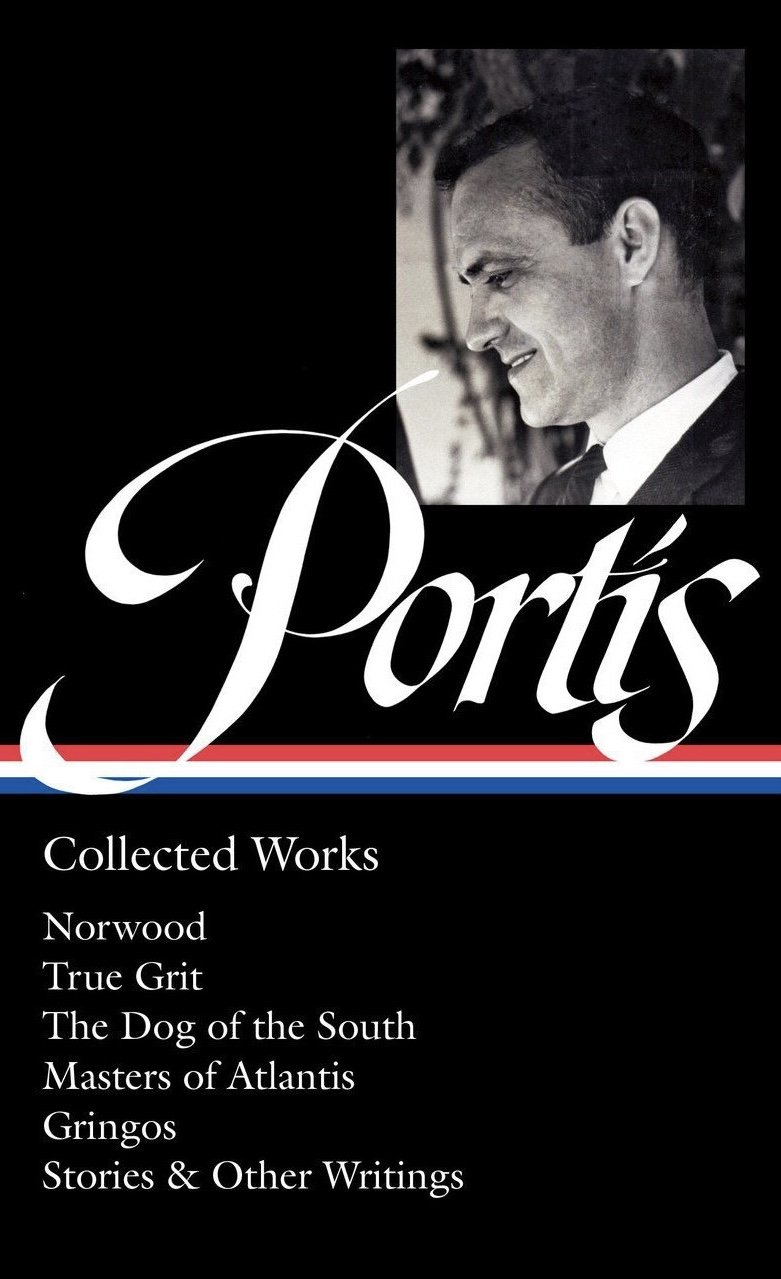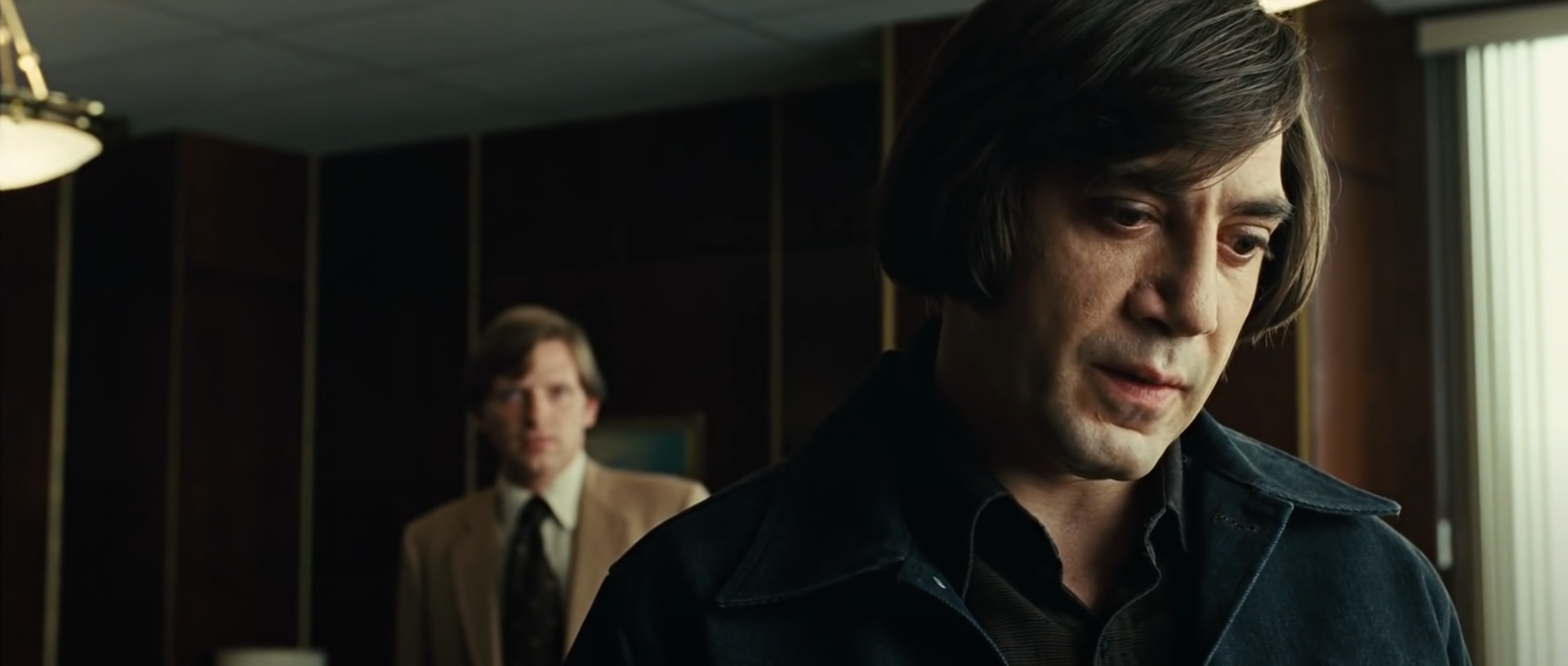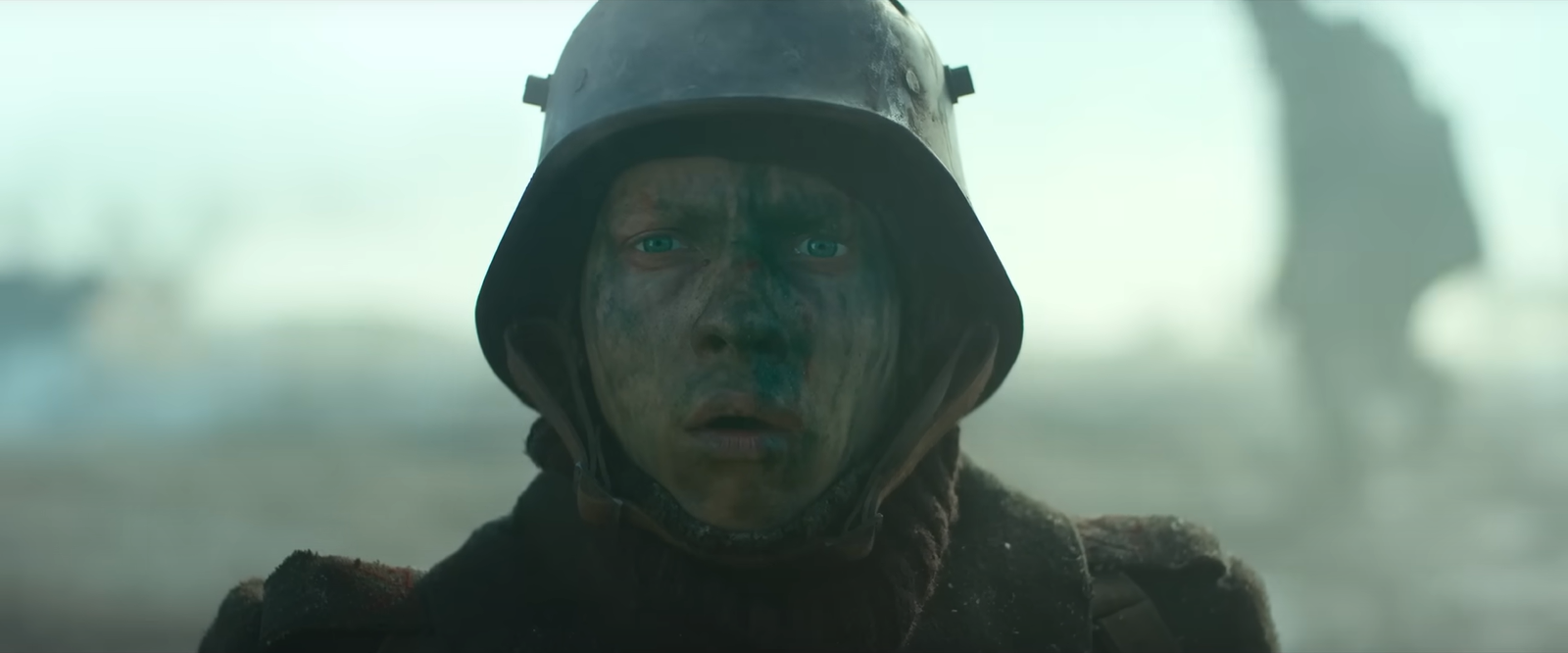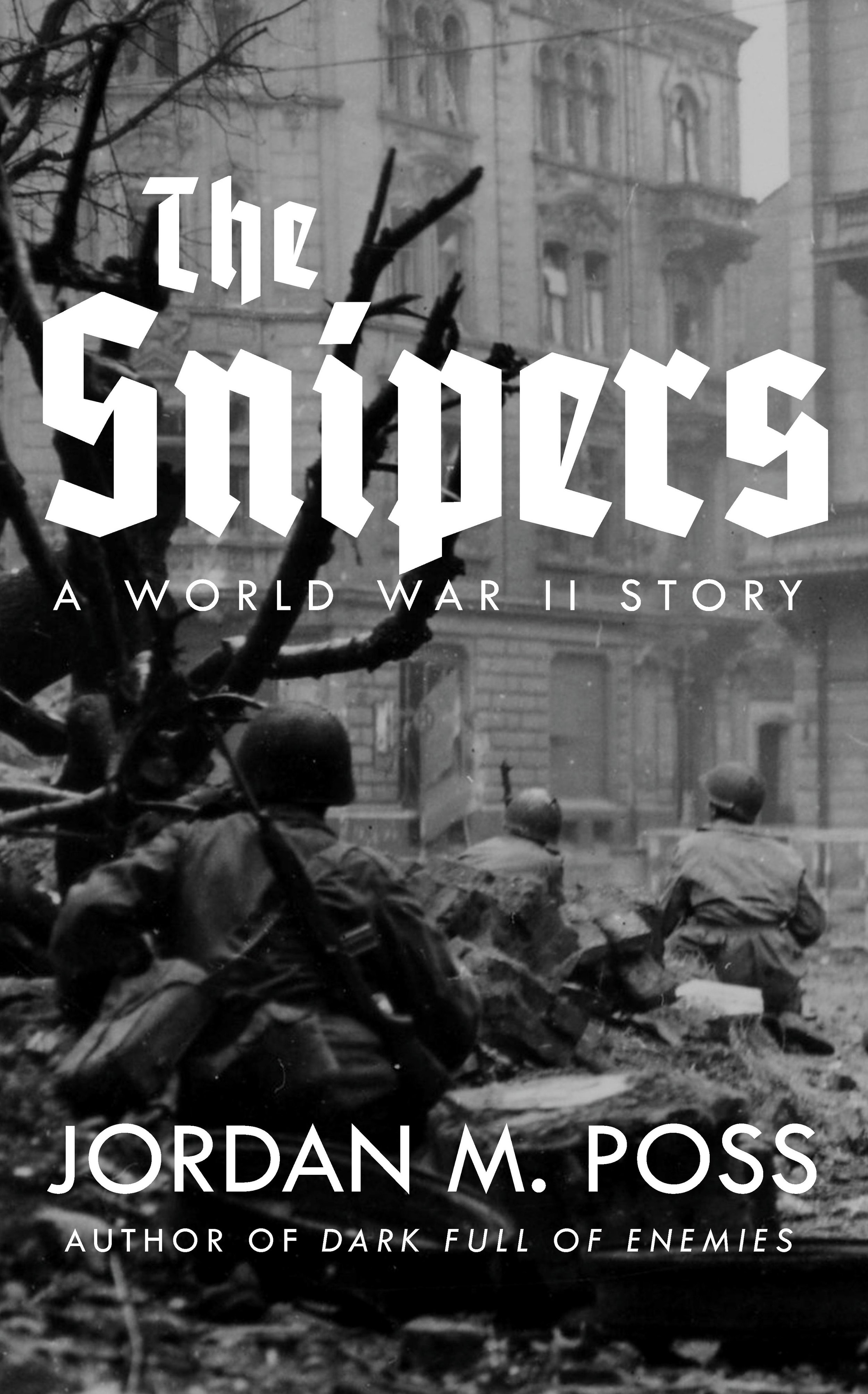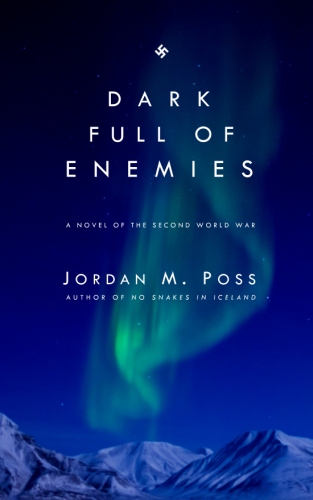In the latest episode of “Half in the Bag,” during an interlude regarding The Whale, streaming entertainment, and the recent cancelation of shows with low viewership, hosts Mike and Jay enter their weary satirical mode:
Mike: [zombie-like] Watch the programs on your TV.
Jay: [laughs]
Mike: Watch programs. Watch the movies that we talked about, I guess, or don’t. Watch the programs. Programs!
Jay: Content!
Mike: Content!
Jay: Content! It’s not “movies” anymore, it’s “content.”
Mike: Watch those contents.
Jay: It’s not TV shows, it’s content. “Willow” didn’t make enough money with its content so they canceled it. Move on to next content. “Mandalorian” season three is not doing as well as season two.
Mike: Bring back Grogu.
Jay: Bring more content. Give me content.
And, finally:
Mike: [demonic, surrounded by flames] CONSUME MORE CONTENT.
They put it even more succinctly a few years ago.
If there are any themes to speak of in this hodgepodge of a blog, this commonplace book, one of them is surely the idea that not only the things we talk about but the way we talk about them matters. This applies not only to our meaning but to the individual words with which we express it. Words have meaning. They should be used precisely and with care. This isn’t pedantry. As George Orwell argued in an essay I’ve invoked here many times, sloppy language leads to sloppy thinking. And vice versa.
The trends Orwell and others in his day noted have continued uninterrupted. We’re living at the sharp end of a long period of careless, apathetic imprecision in how we speak, write, and think. To be precise: a decline. The signs are everywhere. But nowhere is the sloppiness, vagary, imprecision, and muddle more pronounced than in the way people talk about art and creativity. And again, this can be seen most clearly at the vocabulary level—words.
The movies are particularly vulnerable to the rot, especially in popular discussion of the unstinting flux of superhero movies, remakes, video game adaptations, and streaming series. “Franchises” and “IP”—business terms that stink of the boardroom and the copyright lawyer—are commonplace ways to talk about movies now.
But the vilest, the stupidest, the most insidious and invasive of all of today’s sloppy art language is “content.”
A word that, like franchise and IP, began as a lowest common denominator legal term is now the default among even the general public. Instagram and YouTube users tell their favorite photographers and video essayists “Great content” and “Quality content” and “I love your content!” All of which are apparently meant to be compliments.
A book has a table of contents to tell you the most important thing about itself—what precisely is in it, what specifically you can expect. Ditto the lists of contents on medicine bottles, shipping containers, and boxes of Legos. But as used today content means nothing more than “stuff.” Everything is content. Novels and short stories are content. Movies and YouTube videos are content. Photos are content. Music is content. Book reviews and blog posts and longform essays are content. The news is content. If all of these things and more can be called by the same word, the word is useless.
I am writing a blog post right now. This morning I wrote announcements for my students and e-mails for my colleagues. Last night I passed the 30,000-word mark on a short novel. This week I revised and submitted an epic poem to an online magazine. A few weeks ago I drafted, revised, and submitted a short story to another. At supper the other night I drew Puss in Boots on a napkin for my son. Are all these things just so much content?
Once upon a time, art was specific. We described it with a huge and sometimes highly specified vocabulary. It was rich in specific nouns and precise verbs. Writers and journalists wrote stories. Authors wrote novels. Musicians composed or improvised thousands of kinds of music and played hundreds of different instruments. Poets composed poems—or, if you go back even further, they shaped songs. The vast team of the film crew wrote, directed, blocked, lit, costumed, miked, slated, shot, cut, and printed whatever part of the film fell within their prerogative. What do creative people do now? They “produce” “content.”
Produce, like a factory. Mechanically, seemingly automatically, with no single person to credit and in great quantities. Should we be shocked that the quality has suffered? My colon produces content.
And what do you do with content? Verbs again. We don’t read, watch, look at, listen to, or even think about content. Sure, all of those faculties are engaged on some low, barely involved, power-saving level, but what we do is consume it. Like a fire, a monster, a glutton, a plague of locusts, or a wasting disease. I have actually heard living human beings use one of the handful of breaths they get in their one precious finite life to begin a sentence with, “When I consume content…”
I am become content, the destroyer of worlds.
“So what?” I imagine lots of people saying. “That’s just how people talk. Let them like what they want to like.” First, no. Second, consider the consequences of our imprecision, the knock-on effects. Just like produce uses the language of the factory to erase the artist and his craft, discipline, and hard work, content boils the vast universe of art into whatever porridge-like slurry fills a particular vessel. Doesn’t matter what it is as long as there’s something in there to be consumed. Then you can demand more. And complain that it’s not very good.
Art is unique. Content is interchangeable. Art is irreplaceable. Content is disposable. Art is challenging. Content is numbing. Art strengthens. Content atrophies. Art satisfies. Content addicts. Art demands excellence. Content needs only to be available. Art endures. Content fades, falls apart, and is forgotten. Art is life. Content is death.
I keep wanting to hedge or claim I’m using hyperbole to make a point, but I really mean this. The state of the arts, of creativity, culture, and most especially storytelling, is dire. And the sloppiness with which we talk about producing content rather than making art only makes things worse. It’s a vicious cycle. To take it back to Orwell:
[A]n effect can become a cause, reinforcing the original cause and producing the same effect in an intensified form, and so on indefinitely. . . . It is rather the same thing that is happening to the English language. It becomes ugly and inaccurate because our thoughts are foolish, but the slovenliness of our language makes it easier for us to have foolish thoughts.
But note that I said “dire” but not “hopeless.” Following that passage from Orwell, the very next sentence is this: “The point is that the process is reversible.”
It starts with each of us and our habits of speech. If you’re an artist, don’t call your work “content.” Call it “work.” Don’t be a “content creator.” If you write stories, paint pictures, compose music, or even make videos, call it that. And insist on it. Whether your work is an a hobby or a profession claim it specifically, as an honorable way to spend your life doing something specific and meaningful. Show yourself and your work some respect.
And if you are only a “consumer” meant to “consume,” get specific again. Don’t talk about, praise, or even criticize “content” any more. Talk about stories, movies, videos, music—all of it, specifically, and what the real people behind art have to do to make it—and don’t consume them, but watch, read, listen to, or even just look at them. In a precise word, enjoy them. That, too, is honorable. For what other reason would an artist make art except for people to enjoy it?
I don’t know how to save all of art or to encourage a new wave of creativity or to save Western Civilization, but speaking and writing precisely and specifically, not settling for content—whether as mechanical producer or gluttonous consumer—will force us to think in new ways about our stories, music, and art and how and why we make them. More precisely, more specifically, and hopefully in the cause of truer, better, and longer lasting art.








